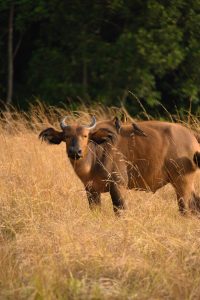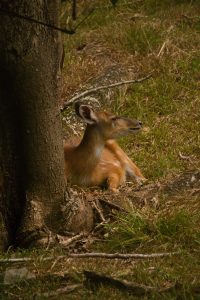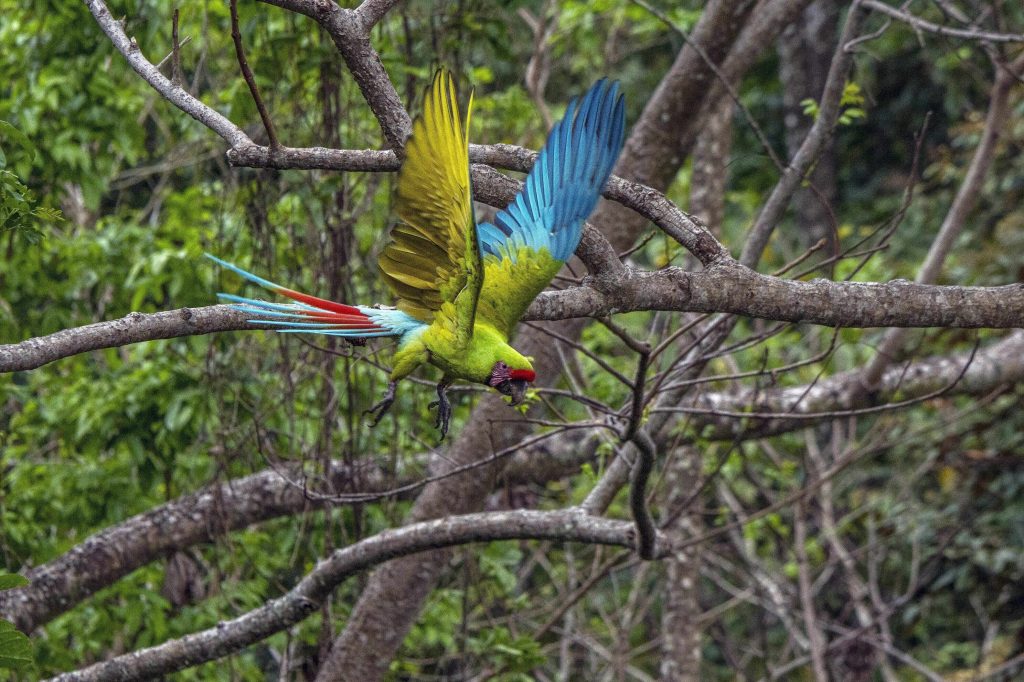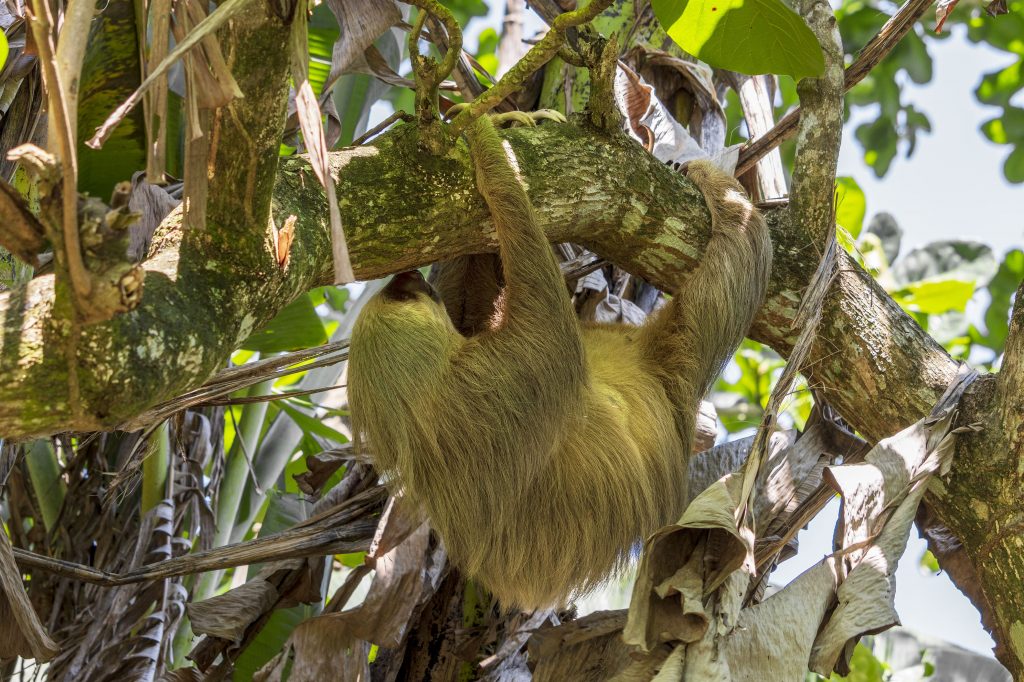Author : Debbie Himhof
Reading Time : 8 minutes
There are many reasons why people travel. Whether it’s to learn a new language, discover new places or simply get away from it all, every reason is valid. Lately, travelers have become more concerned about the impact of their stays abroad. The terms ecotourism and agrotourism have grown in popularity. Sustainable tourism can have many benefits for hosts and their environment. But what about endangered species? Although there are estimates, scientists still don’t know the exact number of species on Earth. What we do know, however, is that there has been a significant decline in the number of species – a mass extinction. The best-known mass extinction is that of the dinosaurs, but today’s man-made mass extinction could be 100 times worse! The urgency to act is real, but how can we protect unknown species?


An umbrella species is a term used in the world of animal biology. It refers to a species with a large territory and an important role in the balance of its ecosystem. When this species is protected, it also protects several other species that share its territory. Like an umbrella that can protect many people, the territory of a single species serves as a habitat for many others. Many birds and large mammals, such as tigers and elephants, are considered umbrella species because they move around so much.
What’s more, large mammals often have a long generational span, meaning there’s a long time between one generation and the next. Babies stay with their mothers for longer and only reach maturity after several years. Reproduction is a long process and is favored by a familiar, stable environment. For this reason, large mammals tend to be more affected by changes in their habitat. To preserve and encourage their reproduction, we need to protect their entire large territory and keep disturbance to a minimum.
Although it’s impossible to protect every single species, the protection of the various umbrella species territories extends over a large area and, by the same token, protects significant diversity. To date, around 2 million species have been inventoried, but it is estimated that there could be as many as 20 million. It would seem impossible to know them all, hence the importance of preserving several habitats with different characteristics. The greater the variety of habitats preserved, the greater the number of species that could potentially inhabit them.


Tourism is well known for its social impact. The choice of accommodation and activities is important, as the income generated can have a significant impact on the lives of local people. Indeed, if the company gives back to its community, the locals are able to use these funds to improve their living conditions. What seems less obvious is the impact of sustainable tourism on the environment. More than simply respecting conservation guidelines, it’s about encouraging initiatives that take a genuine interest in the condition of flora and fauna. For example, an animal sanctuary that helps to heal wild animals so that they can be released back into the wild is preferable to imprisoning animals simply for the pleasure of the visitor. Attractions that protect local wildlife understand that this is the best way to ensure sustainable revenues.
In short, it’s the same principle as social impact. The company gives back to its community by protecting and preserving nature, thus ensuring the continuity of tourism activities.
Tourist impact can also be achieved through the choice of souvenirs. It’s good to encourage local craftsmanship, but you have to choose wisely. Poaching remains a major threat to endangered species. As mentioned above, umbrella species are often large mammals which means they are much more popular with tourists, creating a real market around them. However, the elephant horn on display in the living room is far less impressive when you consider the impact behind its acquisition.
In conclusion, it’s impossible to protect every species, as many are still unknown. However, it is possible to protect various large territories, which inevitably increases the number of species protected by the large mammal umbrella. Tourism isn’t a perfect industry, but there’s nothing to stop it from being viable, and travelers have a great deal of power in its transition. Tourist-led initiatives can grow and multiply, and local knowledge can be enhanced by sharing wealth instead of exploiting it. It is through travelers’ decisions that change begins in earnest, to shape a responsible industry that protects wildlife.
Subscribe to the travel newsletter from our collaborative booking platform Vaolo to find out what’s new, follow our explorers and receive tips for more conscious travel.
The use of the masculine gender has been adopted for ease of reading and has no discriminatory intent.
© 2025 All rights reserved. Village Monde.
By continuing to use the site, you agree to our privacy and cookie policy
I accept